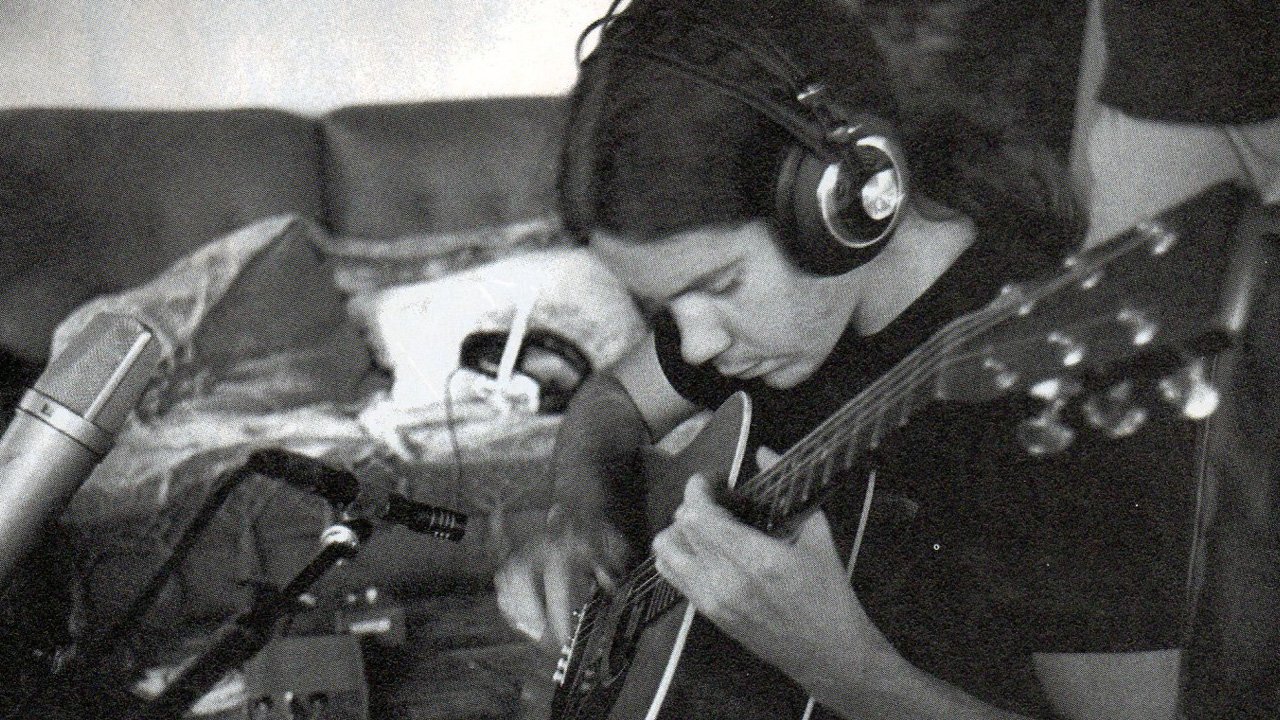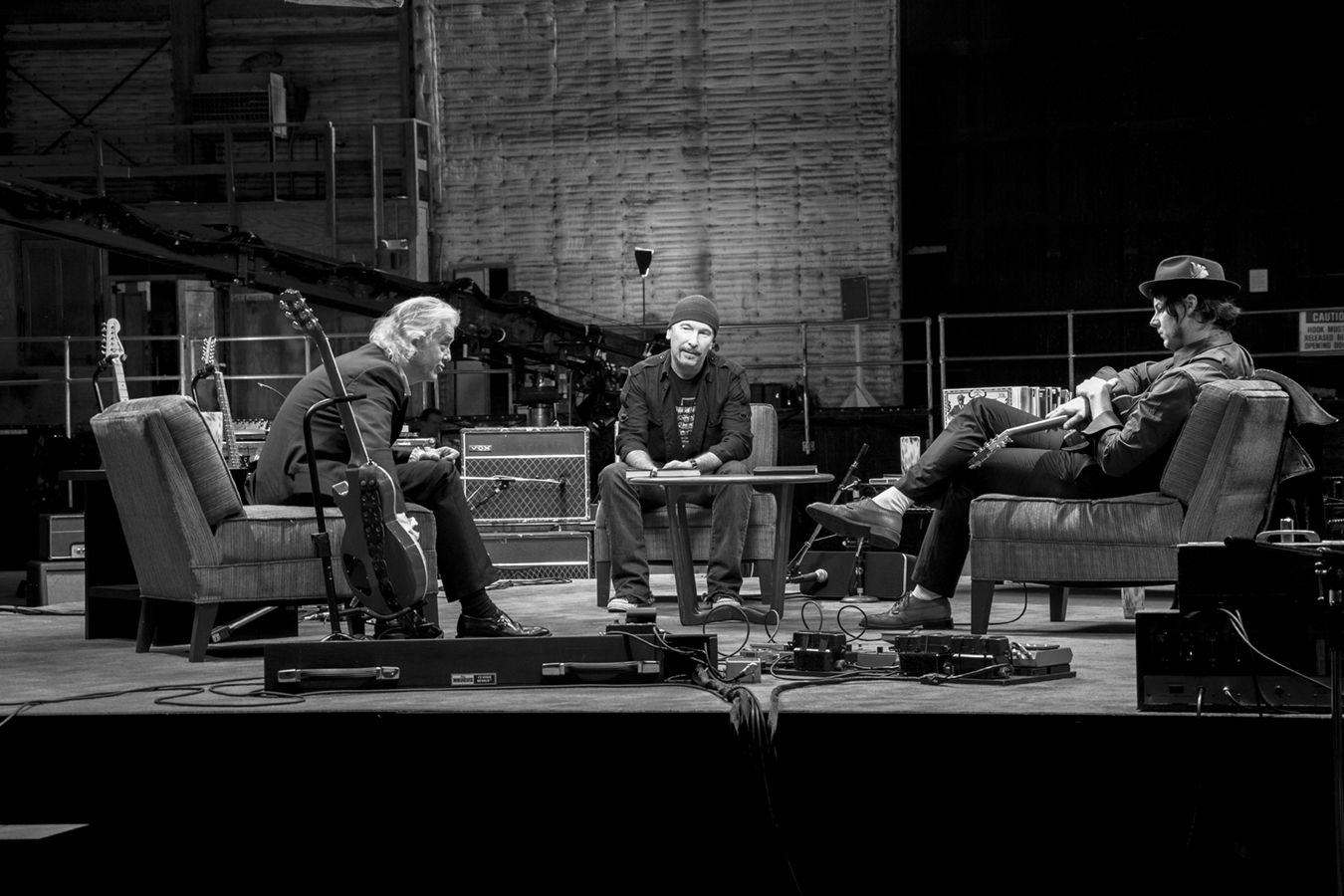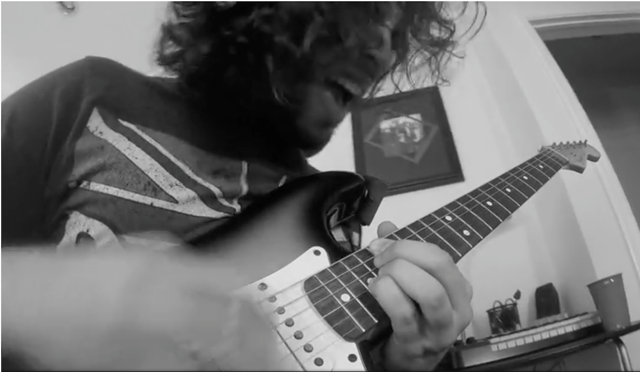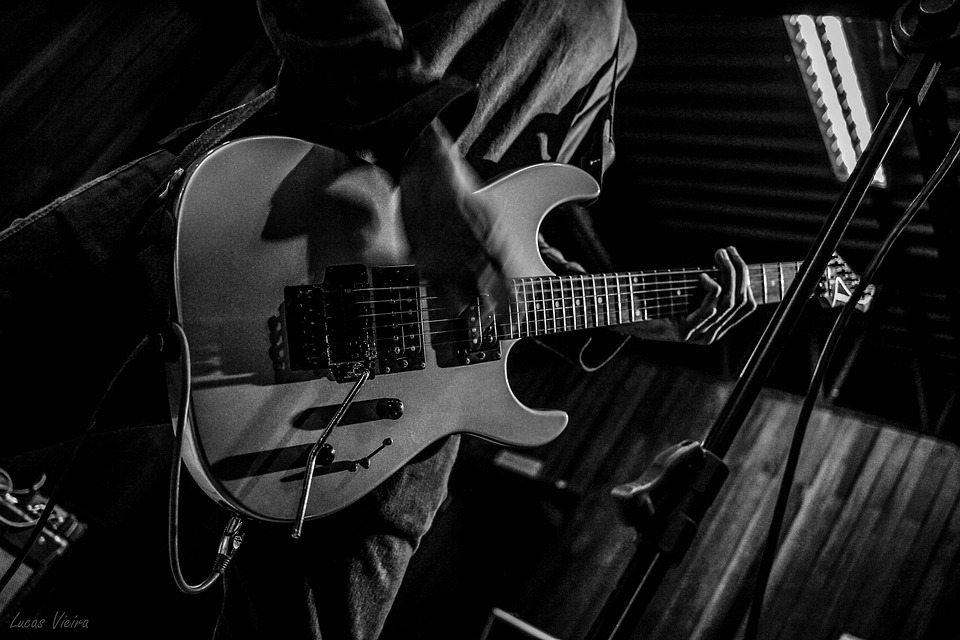One of the great things about the guitar is the possibility of experimenting with alternate tunings, and what with the rise in popularity of 7, 8 and 9-string instruments, the scope for experimentation is virtually limitless. I was lucky enough to be taught both acoustic guitar and music theory by the late, great Eric Roche who was a highly-regarded contemporary exponent of DADGAD tuning. As he explained to us, for him DADGAD was his ‘standard tuning’, such was his depth of knowledge of the tuning, and of music herself. I find DADGAD to be one of the most ‘accessible’ alternate tunings as pretty much anything (in D) sounds instantly good, but how do you take it further than noodling without reverting to standard tuning within the hour?
Interestingly enough, Eric had come to the conclusion that the tuning didn’t really matter as at the end of the day, the idea is to create music through your instrument, whatever the tuning happens to be. His wisdom was probably wasted on a bunch of guitarists like ourselves, but I was quite fascinated to hear his thoughts on music, and life. He told us about one of his most profound guitar experiences which was going to DADGAD master Pierre Bensusan’s house to have guitar lessons, which if I recall correctly involved staying at Pierre’s house in France and taking the lessons there. If you’ve ever heard Pierre talk about DADGAD tuning, he insists on moving past the ‘jangly everything in D’ stage to actually playing in other keys in DADGAD, which is quite possible. It’s this transition that we’re interested in.
How to Transition
I used to play a lot in DADGAD, but I found I hit a brick wall pretty soon, usually after going through the jangly everything in D/Kashmir stage, and dismissing this incredible alternate tuning as one-dimensional. What I would also do is find a chord chart and start playing around with different shapes, but this also led to early frustration. What was I doing wrong?
I soon realized that I’d taken all the fun out of it by depriving myself of the process of discovery. The process of discovery is an incredibly powerful learning tool. It’s basically the difference between someone showing you something, and you finding it out (discovering it) for yourself. The latter creates a far more powerful learning experience which becomes engrained in your memory because it’s ‘yours’, you discovered it.
Tune your guitar to DADGAD and check out the following fretboard diagram; see how many D7 chords you can find:

Wasn’t that a lot more interesting than if I were to have given you a bunch of chord shapes to rote learn? You’re also 100 times more likely to remember the chord shapes YOU just found, rather than the ones I could have given you. Look at the diagram again, it doubles up as a dominant 7th arpeggio reference. If I gave you a sheet of dominant 7 arpeggios in DADGAD and told you to learn them, you’d probably be back to standard tuning in a flash, but the process of discovery will keep you far more entertained.
What about Scales?
The same is also true of scales. Here’s the D blues scale in DADGAD. See what you can come up with and be sure to use the open D strings to full effect.

I’ll bet you came up with some great-sounding stuff that you won’t be forgetting in a hurry.
This is what I call the ‘bare bones’ approach to getting into alternate tunings. You have just enough information to have to do the discovering yourself, as well as not having to trawl the internet for it, and it maintains your interest in making that transition to going beyond Kashmir and jangly stuff in D. What’s more, you start to see how to move chords, arpeggios and scales to different keys in altered tunings.
If you like this approach, then feel free to download our complete guide to DADGAD which includes 40 chord/arpeggio types and 16 different scales. It’ll only cost you a tweet or a share on Facebook! Check it out here.
Check out our full range of altered tuning guides here.



